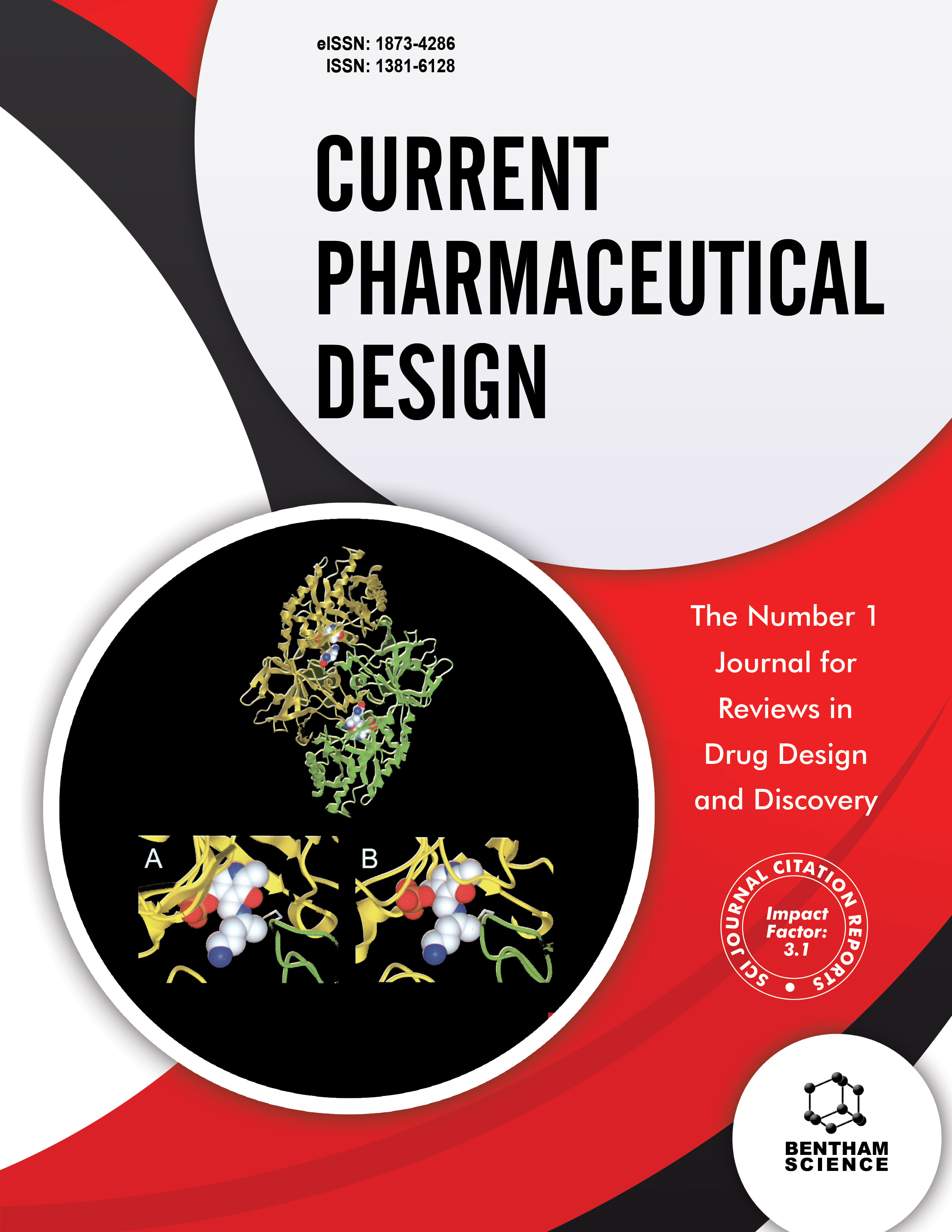-
oa Editorial [Hot Topic: Targeting Molecular Pathways in Human Malignancy: Current Status and Future Development (Executive Guest Editor: Gabriella Ferrandina)]
- Source: Current Pharmaceutical Design, Volume 18, Issue 19, Jun 2012, p. 2671 - 2671
-
- 01 Jun 2012
- Previous Article
- Table of Contents
- Next Article
Abstract
Over the last decades, the issue of developing novel target-based strategies for medical treatment of human neoplasias has become more and more relevant; in this context, the wider availability of more sophisticated molecular biology techniques has fuelled great enthusiasm in the possibility to clarify in-depth the molecular features of pathways critical for cancer biology, and to design more individualizes therapies. ErbB receptor family has been representing for years the prototype for development of target-based therapies: the documentation of peculiar cutaneous toxicity, and the emergence of resistance to erbB inhibiting drugs have pioneered novel concepts and approaches, such as the use of side effects as clinical signs of response to treatment, and the need to co-target multiple molecular pathways only apparently driving different biological effects [1]: for instance, the exploitation of drugs interfering with key molecules promoting tumor neoangiogenesis has revealed that besides the VEGF inhibiting strategies [2], other antiangiogenic approaches such as vascular disrupting agents together with inhibitors of erbB receptor signalling are being actively explored, and are currently at an advanced stage of clinical development [3,4]. In this context, much attention has been focused on other receptor-driven signalling pathways including the estrogen receptor-β, the G protein coupled receptors activated by the endothelins, the FMS-like tyrosine kinase-3 and the PI3/AKT/mTOR platform [5-8]. It has also to be underlined that new molecular insights will be instrumental to also develop suitable reliable markers of drug susceptibility, and clarify the overlapping, often cross-talking pathways in order to rationally develop combinatorial approaches for target based agents. Paradigmatic examples of the “from bench to bedside” journey are represented by the development of different classes of tubulin-binding agents whose activity and mechanisms of resistance strictly rely on targeting different isoforms of β-tubulin [9-11]. In particular, the selective ability of epothilones to target the class III β-tubulin which is involved not only in microtubule dynamics but also in cell survival pathways represents the biochemical support to the high efficacy of this class of agents against very aggressive, drug resistant cancer cells [10]. Similarly, the understanding of the molecular mechanisms of action of a “classic” drug such as gemcitabine contributed to setting up the pharmacogenetic basis for individualizing drug toxicity, and the rational development of combination with other agents and even radiotherapy [12]. In this context, the advent of nanotechnology represents a sophisticated strategy to deliver higher dose of therapeutics (be they drugs or radionuclides) to the tumor compared to normal cells, thus leading to a more favourable efficacy/safety balance [13]. Finally, besides searching novel molecular targets, much attention has been recently focused on the definition of novel cellular targets such as cancer stem cells, which represent the real engine of a tumor and are characterized by completely different molecular signatures compared to their more differentiated mature progeny and also normal counterpart [14]. These observations open new perspectives in terms of overcoming the major reason for treatment failure (i.e. chemoresistance) and improving the efficacy/toxicity ratio while preserving normal cell integrity....


